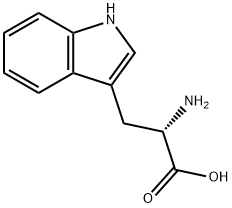Tel +86-18629577295 +86-18629577295
Email magic@lynabio.com
Products Intro
Cas:73-22-3
ProductName:L-Tryptophane
Purity: 99% HPLC | Package: 1kg
Tel +1-781-999-5354 +1-00000000000
Email marketing@targetmol.com
Products Intro
Cas:73-22-3
ProductName:L-Tryptophan;Tryptophane;Tryptophan;(S)-Tryptophan;L-Tryptophane
Purity: 99.87% | Package: 50mg;30USD|100mg;39USD|200mg;55USD | CustNote: REAGENT;FOR LABORATORY USE ONLY
Tel +8617762501948
Email sales2@langebiotech.com
Products Intro
Cas:73-22-3
ProductName:Tryptophane;L-Tryptophan
Purity: 99.99%,HPLC | Package: 10;100g;500g;1000g
Tel
Email info@ottokemi.com
Products Intro
Cas:73-22-3
ProductName:L-Tryptophane
Brand:ottokemi | Product Number:T2485 | Purity:99%+
Tel 020-82000279 18988968278
Email YN_research@163.com
Products Intro
Cas:73-22-3
ProductName:Tryptophane;Tryptophan;L-Tryptophane;(S)-Tryptophan
Purity: >98% HPLC | Package: 5Mg;10Mg ;25mg;50mg;100Mg;250Mg ;500Mg ;1g

